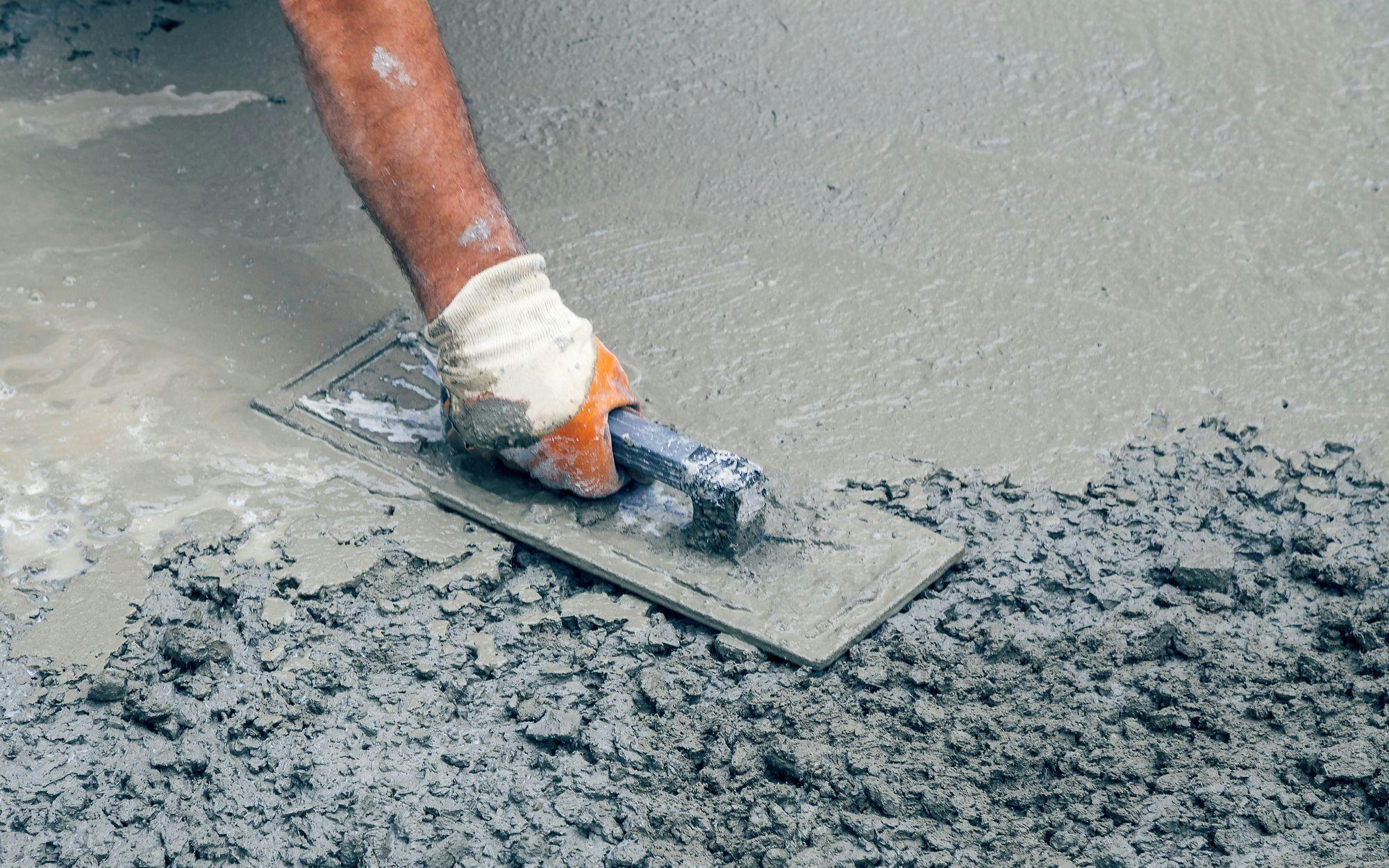
Create New Business by Providing Maintenance for Concrete Slabs
Concrete is a very durable material and has the misconception of being a maintenance-free product, which is why so many contractors and professionals consider the job done once the concrete has cured. However, the reality is that no product lasts forever without occasional maintenance.
If a contractor has poured concrete for clients, it has learned there are two types of concrete: concrete that has cracked or concrete that is going to crack. In time, some surfaces can show signs of wear and tear, which provides the opportunity to offer maintenance services extending the concrete’s functional life. Here are tips to help contractors drive new business by providing maintenance for existing concrete slabs.
Concrete should be kept clean and sealed on a regular basis
Many clients think of concrete as a maintenance-free product, or that a pressure wash is all it needs. However, in reality, weather, freeze/thaw cycles, acids, alkali, salt and harsh chemicals can degrade concrete over time.
One of the easiest ways to protect against the elements is keeping concrete sealers up-to-date on their maintenance schedule. Most sealers call for reapplication every six months to a year. Follow up with clients based on each project’s sealer maintenance schedule to encourage reapplication to keep concrete in top shape. Be sure to note that sealing can cause slippery surfaces when wet.
When chips and cracks form, make repairs and opt for a resurfacer
The most useful product a contractor can use to repair or freshen up concrete to make it look new again is with a resurfacing product. With proper preparation, resurfacers can be applied atop an existing concrete surface in very thin layers.
Resurfacers are great for slabs, pathways and walls, or wherever concrete needs beautification touch-ups. Concrete repair materials are also great for corner repairs. Once a resurfacer has been allowed to cure, contractors should reseal it according the sealer manufacturer’s schedule.
Some things can have severe adverse effects on concrete
Northern states use a lot of road salts. Salt damage is most commonly due to exposure to de-icing salts. However, any chemical containing chlorides, including sodium chloride, potassium chloride or calcium chloride found in substances including safe de-icing chemicals, fertilizer, ocean water and marine air present a danger to the concrete. All are mildly acidic and attack the bonds that hold concrete together.
While the exact mechanism of salt damage is not known, a number of well-understood, related factors instigated by exposure to salt contribute to the deterioration of concrete. Salt is a mild acid and lowers the pH in concrete. The acidic reaction attacks the concrete paste and aggregate, weakening the structure and strength of the concrete. It also increases the pore size, allowing additional water and chemicals into the concrete, which can exacerbate freeze/thaw cycle damage.
Beyond the elements, constant use, heavy machinery, corrosive fluids and poor management of surface protectants wear concrete down. Contractors should seal any high trafficked area to prevent damage, and if you a contractor is called to repair already damaged areas, use proper repair material apply a concrete resurfacer.
There are great seasons for concrete resealing
If clients follow the maintenance schedule of their sealer, help them by sealing during advantageous seasons. For instance, spring is an extremely popular time for renovations, and after the completion of these projects (when all the trucks and machinery have left the driveway) is the best time to approach clients with concrete resealing needs.
Another great opportunity to start a concrete resealing project comes when homeowners begin the process of winterizing their homes. Winter brings ice and salt, both of which can damage concrete surfaces, so this is the ideal time to reseal and prepare concrete for these harsh conditions.
Tinting concrete sealer can give the concrete a unique color that business owners often love, and always remember that sealing can cause the driveway to become slippery when wet.
Conduct a simple sealer test
While concrete is durable, it must be sealed to protect it from high absorption. Concrete sealing products reduce water passing through to concrete’s deeper layers. Sealers are an important step in ensuring the longevity of any poured concrete surface. To test if a sealer is present on concrete, drip a small amount of water onto spots on the concrete surface. If the water beads up, and the color of the concrete does not change, the concrete is sealed. If the concrete absorbs the water and darkens, no sealer is present. Contractors can complete this test themselves or can suggest clients test their own surface and call if additional sealant needs to be applied.
Stay in touch with THE client
Many clients are unaware of concrete maintenance. By circling back with clients and building relationships through transparency about pricing, timing and expectations, trust can be built.
In terms of concrete maintenance, follow up with clients every six months to remind them to check for cracks, sealer performance or any resurfacing needs. If a company positions itself as expert in the initial project and the future maintenance, one-time clients will turn into repeat customers.
Related stories








